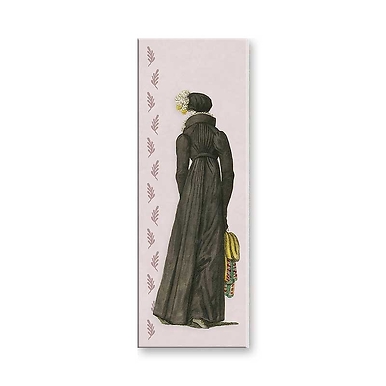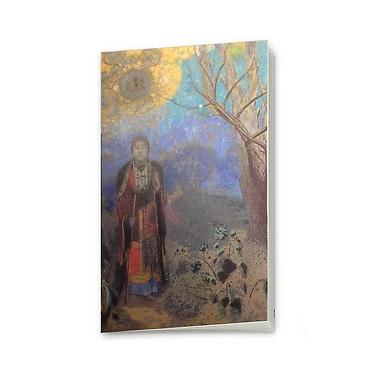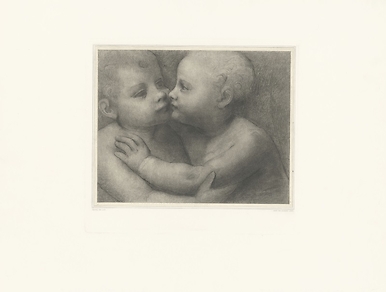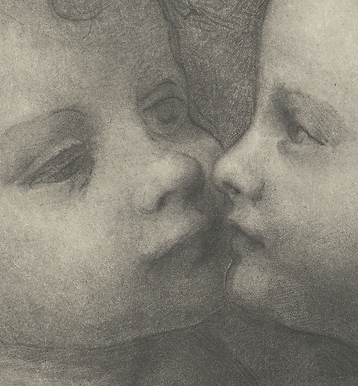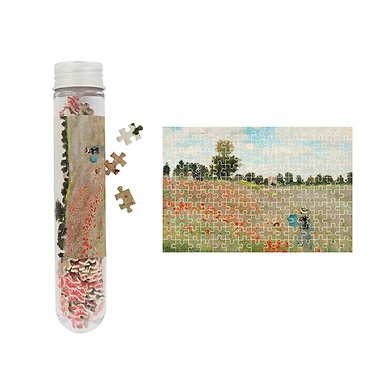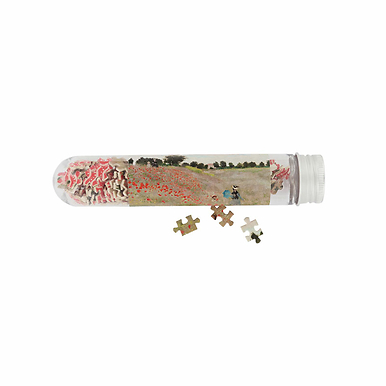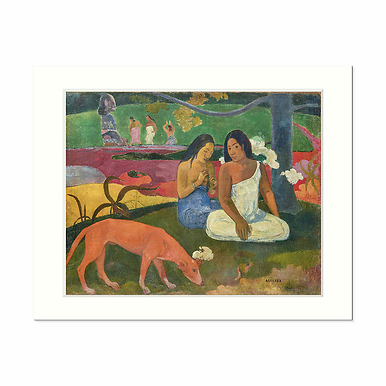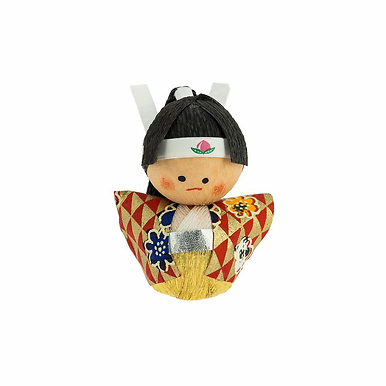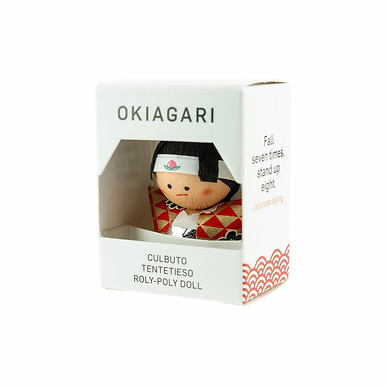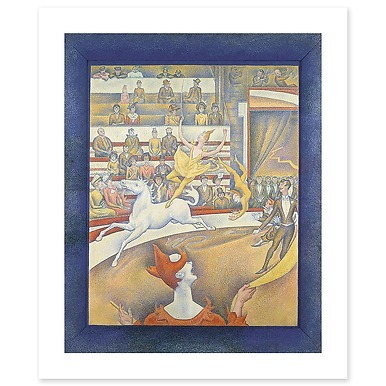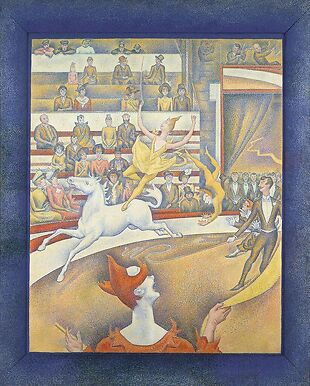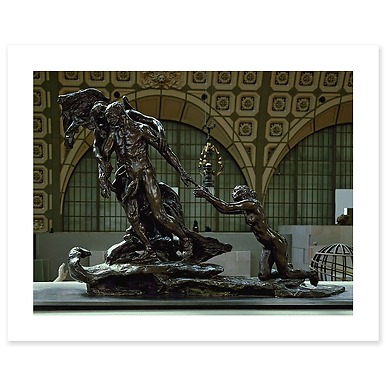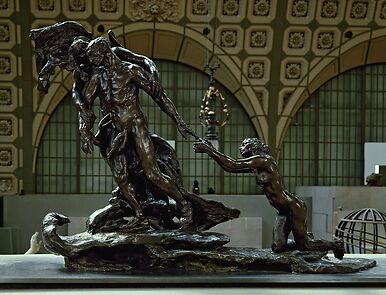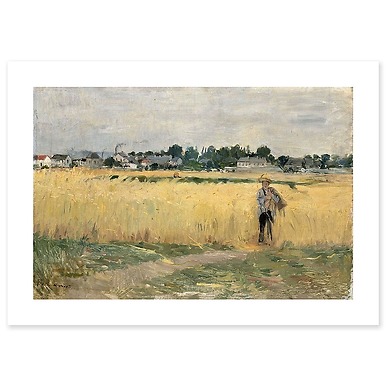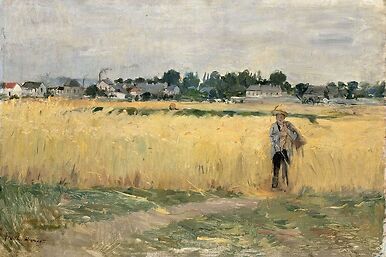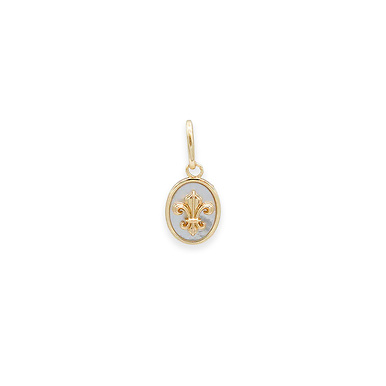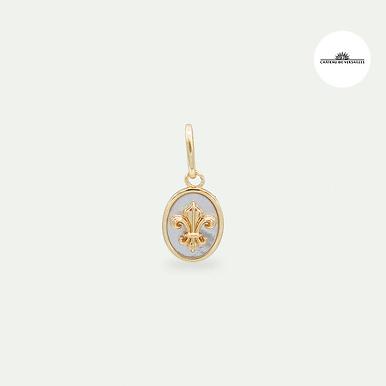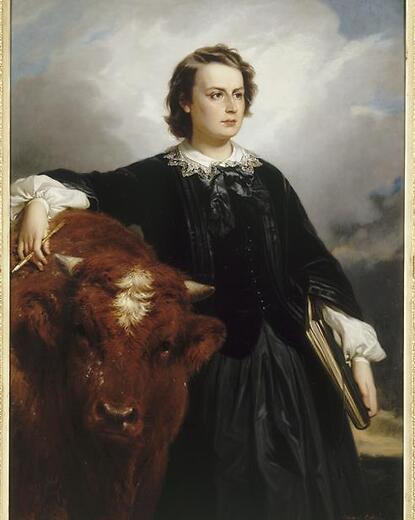Magnet Rosa Bonheur - Ploughing in the Nivernais region also known as Le Sombrage, 1849
IS220190
Sold by GrandPalaisRmn
Characteristics
- Maintenance
- Store in a dry place
- Artist
- Rosa Bonheur (dit), Bonheur Marie Rosalie (1822-1899)
- Art movements
- 19th century, French paintings, Realism
- Museum
- Musée d'Orsay
- Themes
- Animals, Landscape, Country and outdoor scenes, Gender and interior scene, Made in France
- Reference
- IS220190
- EAN
- 3336728552789
- Matière de l'article
- Metal alloys
- Model dimensions
- 4cm x 11cm
- Conservation museum
- Paris - Musée d'Orsay



